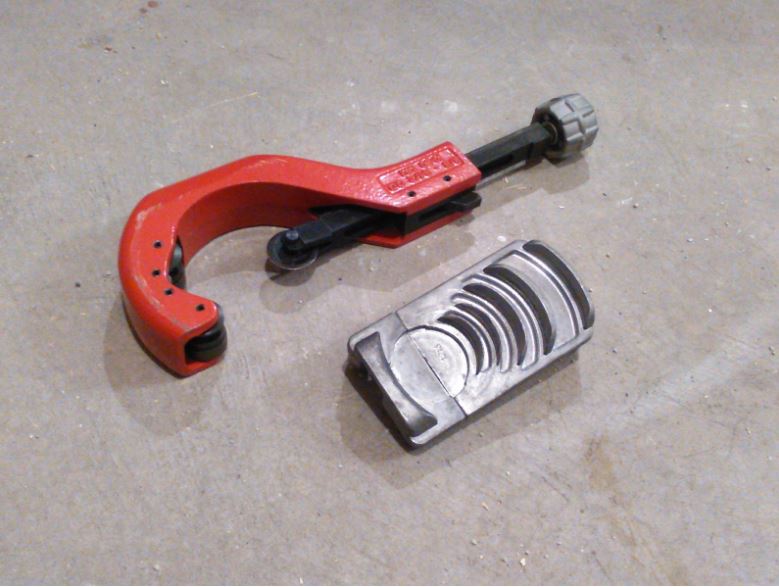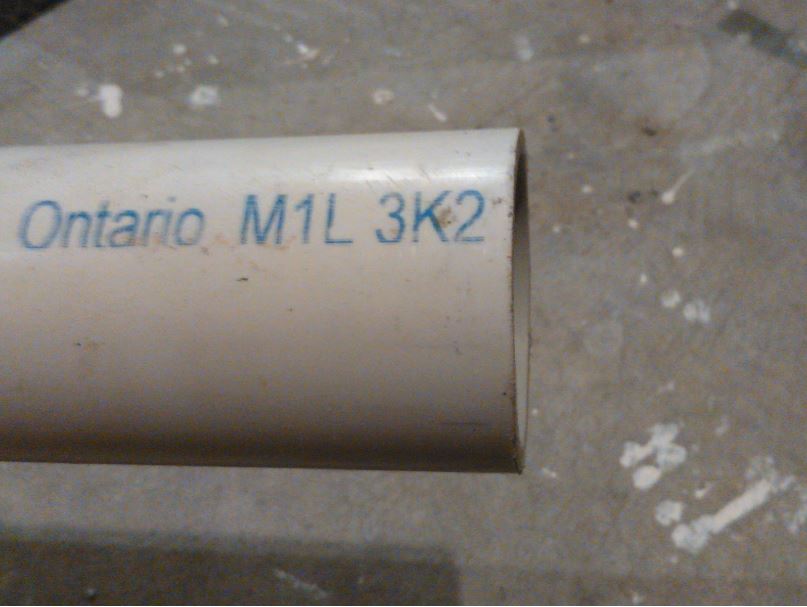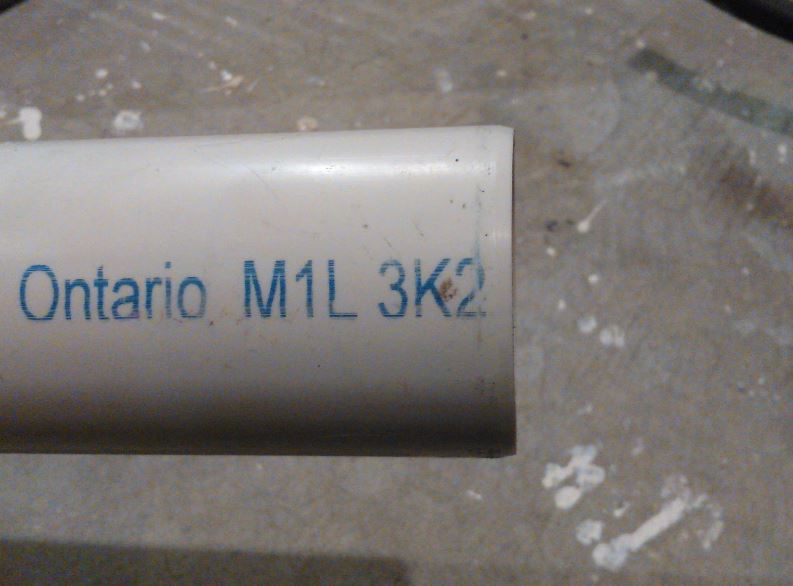Get Tech Tips
Subscribe to free tech tips.
Venting for High-Efficiency Gas Furnaces – Part 2 Assembly

This article was written by senior furnace tech Benoît (Ben) Mongeau. Ben hails from the frozen tundra of Ontario, Canada, where high-efficiency gas furnaces are commonplace.
While some codes and practices may be different from the US, I find that most of it is common sense and translates pretty well. One glaring difference between Canada and the USA is the requirement for specifically certified PVC or CPVC vent pipes in Canada. Thus, Canada has some pretty cool venting systems, like IPEX system 636, that are not readily available in the USA. I'm leaving all this in the article because there is already talk about making similar changes in the US, so I bet it's coming.
Venting for High-Efficiency Gas Furnaces – Assembly
Here are some good venting practices. (This is mostly stuff I learned during a training session from IPEX, one of the major manufacturers of plastic piping, with a little of my personal experience and tips.)
First of all, venting must be planned in order to be sized properly. Depending on the BTU rating, length, number of elbows in the run, the size will vary, typically from 1½ to 3-inch pipe in residential. Every manufacturer has its own vent sizing charts. Read the manual, don’t guesstimate.
Use the proper tools when installing plastic venting. ⚠Avoid using a sawzall or hacksaw to cut your lengths!!!⚠ That creates a multitude of statically charged shavings that will stick to the inside wall of your pipe. Once that condensate starts flowing, it will bring all those shavings to your drain and trap, blocking all those narrow passages and causing water backups, furnace failures, all kinds of things to piss off your service colleague who’s on call that night. I highly recommend using a proper pipe cutter. It is the best way to achieve a clean, straight cut. The straighter and neater the cut, the more joining surface you have once you’re cementing it together.

Vent pipe cutter and chamfer/deburring tool (REED venting solutions kit, which I highly recommend purchasing).
I recommend dry-fitting the whole vent system before actually starting to cement joints together, just to be sure your lengths and angles are good. As mentioned in my condensate drainage tip, make sure the vent is sloped towards the furnace for the whole length.
Before applying cement, prepare the pipe ends by cleaning them up (wipe off any obvious dirt) and, most importantly, reaming them. Use a proper reamer/chamfer tool (pictured with the cutter above). That is a crucial step; if the pipe end is not reamed/deburred, the edge actually tends to slightly stick outwards, especially when cut with a proper cutter, ironically. That will cause the pipe to push (I like to call it “snow-plowing”) the cement at the bottom of the joint instead of letting it slip around the pipe, leaving large uncemented gaps in the joint's structure and often causing leaks. See comparative pictures of chamfer/un-chamfered pipe ends below.

Cut, not reamed /chamfered 636 PVC pipe.

The same pipe end, reamed / chamfered and deburred.
Next, once all pipe ends are reamed, clean, and ready for assembly, it’s time to start cementing. Apply primer first, if required, then apply the cement. Don’t be shy; apply a generous coating around the whole joint surface of the pipe and fitting (yes, cement is applied on both the pipe and the fitting). I recommend going around the pipe/fitting 3-4 times with the dabber/roller/brush to ensure a full coating. Once both ends have cement applied, quickly (before it dries!) push them together, straight and all the way to the bottom of the joint, and as much as possible try to give the fitting a quarter-turn while assembling the joint to further evenly coat the entirety of the joining surface. Very important: once you hit the bottom of the joint, hold the pressure for about 30 seconds (or longer) so the cement has time to set! If you let go immediately, the still wet fitting and pipe will naturally pull back from each other, and this can easily lead to leaks. Wipe off any excess/runoff cement if necessary, and proceed to the next joint.
Once assembled and when the cement has dried, the two pieces are basically welded together, as I mentioned before. You cannot take them apart, so make sure your angles are correct, or you’ll have to cut it out and restart.
Support the pipe as necessary, per local codes/guidelines. Support spacing usually varies depending on pipe size. Avoid creating too much tension on the venting, as it can lead to leaks/cracks.
Other tips:
• Don’t leave your cement cans open longer than necessary. The solvent part of the cement is quite volatile (evaporates easily), and as it evaporates, the cement's viscosity will increase, and it will get more difficult to use. Once your cement has gelled (i.e., has a consistency very reminiscent of that of Jell-O), throw it out. It is no good. Keep an eye on your cement’s viscosity. It should always be liquid, although with varying degrees of thickness depending on the type, but NEVER jelly.
• If a reducing fitting is used on your venting, always install it on a vertical portion, never horizontal; otherwise, it will allow for condensate to pool in the vent. Remember… slope for drainage!
• Respect local guides and regulations and manufacturer’s specs regarding clearances when choosing where to terminate the venting outside. Also, terminate the exhaust higher than the air intake (usually about 1-ft minimum) if you are installing a sealed combustion system to avoid recirculation of combustion products which can be quite disastrous. Typically on a sidewall termination, the air intake will be terminated with a downward-facing elbow and the exhaust will be snorkeled up, i.e. elbow up, 1-ft pipe, then elbow out away from the wall. There are also manufactured termination kits (concentric, for example) available and sometimes easier on the eye. Make sure it’s certified, though! Again, manuals will tell you if there are termination kits available and certified for use with the product.
• Be careful to read install manuals for any specifics regarding the furnace you are installing. There are often specific procedures for attaching the vent pipe to the cabinet’s internal exhaust fitting/flue collar etc., and it will vary from one manufacturer to the other.
—Ben
You can read the full IPEX 636 install instructions HERE.











Comments
To leave a comment, you need to log in.
Log In